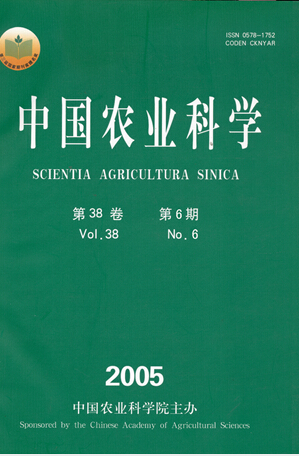-
Changes of Aroma Constituents in Apricot During Fruit Development
- ,,,,,
-
Scientia Agricultura Sinica. 2005, 38(06):
1244-1249 .
-
 Abstract
(
1112 )
Abstract
(
1112 )
 PDF (363KB)
(
1664
)
PDF (363KB)
(
1664
)
 Save
Save
-
Related Articles |
Metrics
The aroma constituents present in apricot fruit during three different developmental stages were studied. The three stages include mature green stage, commercial ripe, and tree ripe stage. The fruits were sampled by simultaneous distillation-extraction. The concentrated extracts were analyzed by capillary gas chromatography-mass spectrometry. The aromatic constituents behaved differently during the fruit developmental period. Alcohols, aldehydes, ketones, lactones, esters and acids were the major constituents in the sample extracts. A total of 35 compounds were identified in the mature green stage, including (E)-2-hexenal, linalool, α-terpineol, (E)-2-hexen-1-ol, hexanal, 1-hexanol. Forty-five compounds at commercial ripe stage were detected, among them the important compounds were (E)-2-hexenal, linalool, α-terpineol, hexanal, ocimenol and geraniol. Meanwhile, 44 were found at tree ripe stage, and the main components were linalool, (Z, Z, Z)-methyl 9, 12, 15-octadecatrienoate, α-terpineol, γ-decalactone, γ-dodecalactone, butyl acetate, hexyl acetate. The maximum of C6 aldehydes and alcohols were found at mature green stage, diminishing in concentration as ripening proceeded. Several terpenic alcohols were found at different stages of ripening. Their maximum concentrations were found at commercial ripe stage. To the contrary, the presence of lactones and ketones was not detectable until the commercial ripe stage. Some esters were also found such as butyl acetate, 3-hexenyl acetate, hexyl acetate, 2-hexenyl acetate, etc. Except 2-hexenyl butanoate and 2-hexenyl hexanoate , the levels of others increased during fruit maturation.









